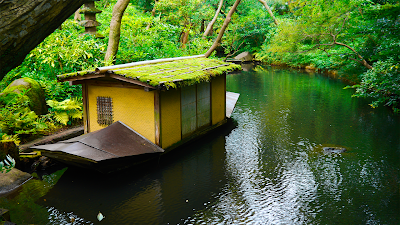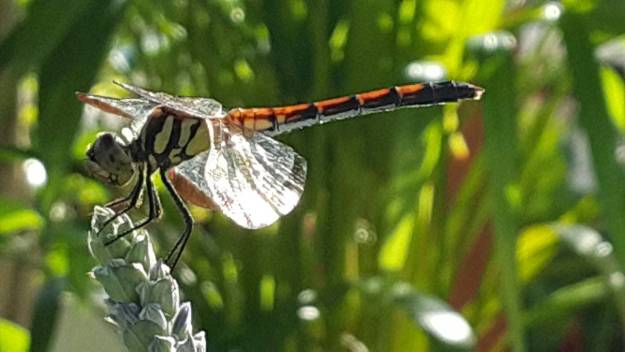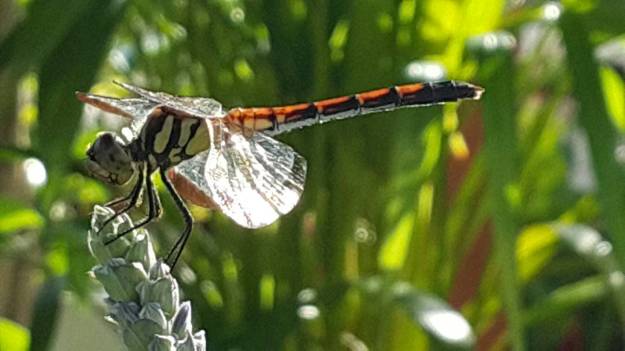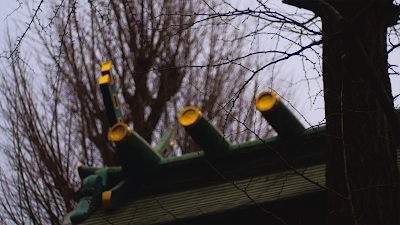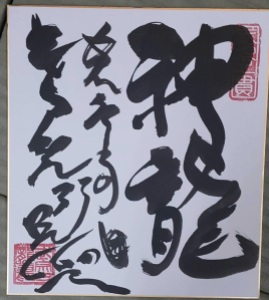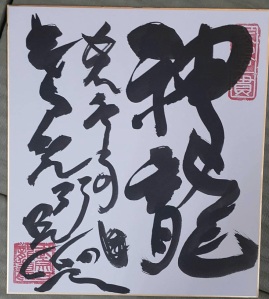From Shiro Kuma's Blog by kumablog

Yesterday was my last class with Hatsumi sensei for this trip.
After the class I had dinner with the CEO of Quest, and we spoke of sensei’s Budō. And that helped a lot because I must admit that I was a little lost after training.
Hatsumi senseil didn’t reveal any nice philosophical concept to support my understanding (Sasae Nakusu?)
On the contrary, he mainly taught at the technical level. Except that it was at his technical level, far beyond mine.
His movements are so subtle that it is impossible to get what he is doing. It resembled more to some magic trick, than to Budō moves.
I had the chance to attack sensei a few times. And whether it was with a sword or with a fist, I was unable to attack him properly, as if he was able to erase my intention and my ability to make a decision. That was weird. And I guess that Holger, Yabunaka, Paul, or Armando, who were his UK, would agree with me.
There are two things that Sensei said during this class, and that I do remember. Even though they seem paradoxical at first, they are in fact, the two sides of the same reality of Mutō Dori. The Omote and the Ura of Zero.
He said:
1. “Get hit, in order not to be hit.”
2. “Stab uke without intenting to stab him.”
“Get hit”. Too often, during training, we move too early, therefore we are not able to get the exact timing for our movements. This is the Omote.
Sōke explained that, to learn the perfect timing, we are in the dōjō, we have to accept moving too late and to get hit. Little by little, we develop the correct timing. This is learning by trial and error.
“Don’t stab”. On a sword attack, don’t try to stab the attacker, let him come to you, and let him stab himself on your blade. This is the Ura.
Behave as if you’re not aware of him, emit no intent, and walk naturally and slowly past him.
The Mutō Dori of 2016 is 隠遁術, Inton Jutsu, the art of concealing your escape, or your moves / your intent.
In his last dvd, Sensei writes “it’s Inton, where you don’t give the person the feeling they would normally expect. This is Ninpō.”
As Uke, I was always stuck in the Kûkan and really couldn’t feel anything.
He adds that “Ninpō Taijutsu is the highest level of Bujutsu. It means that you’re able to not show things.” Honestly, when I was attacking him, and even though I knew what he was going to do, I got defeated each time. He was Zero, showing nothing.
Yesterday was my first class of Inton Jutsu, and I don’t know how to get it.
I guess I’ll have to come back next November.
______________
1. 隠遁/inton/retirement (from the world); seclusion
隠遁術/intonjutsu/Ninja art of escape


…
